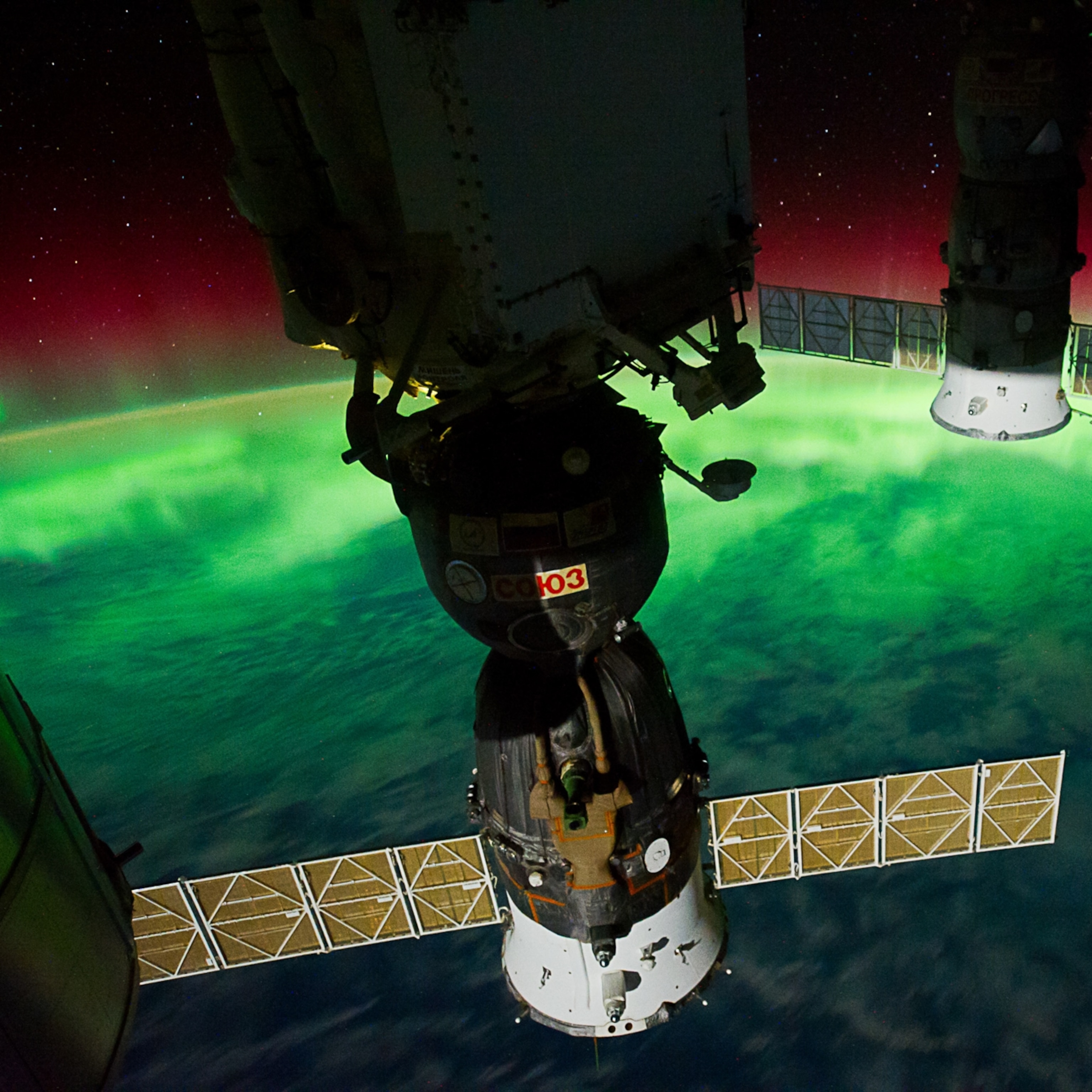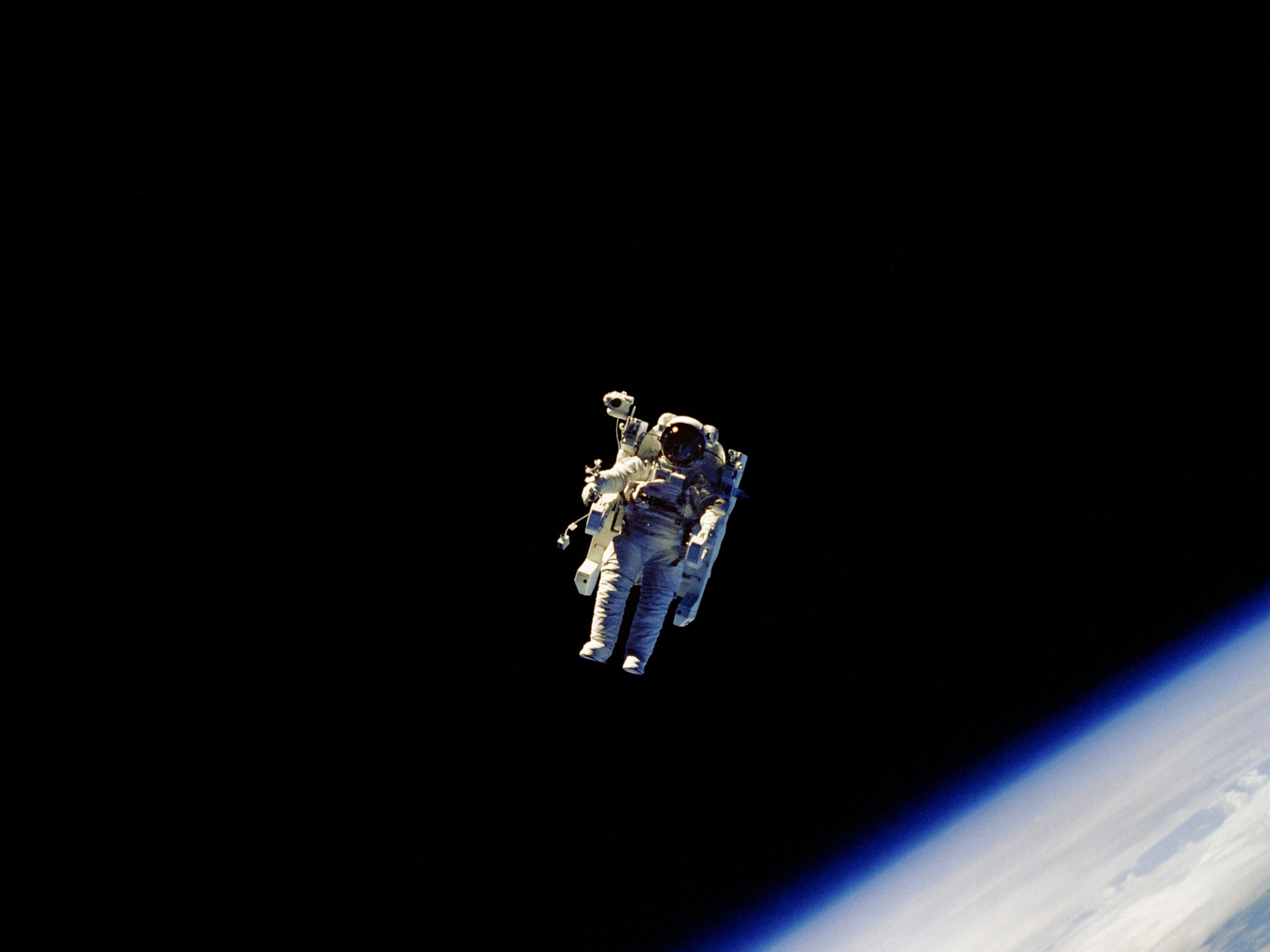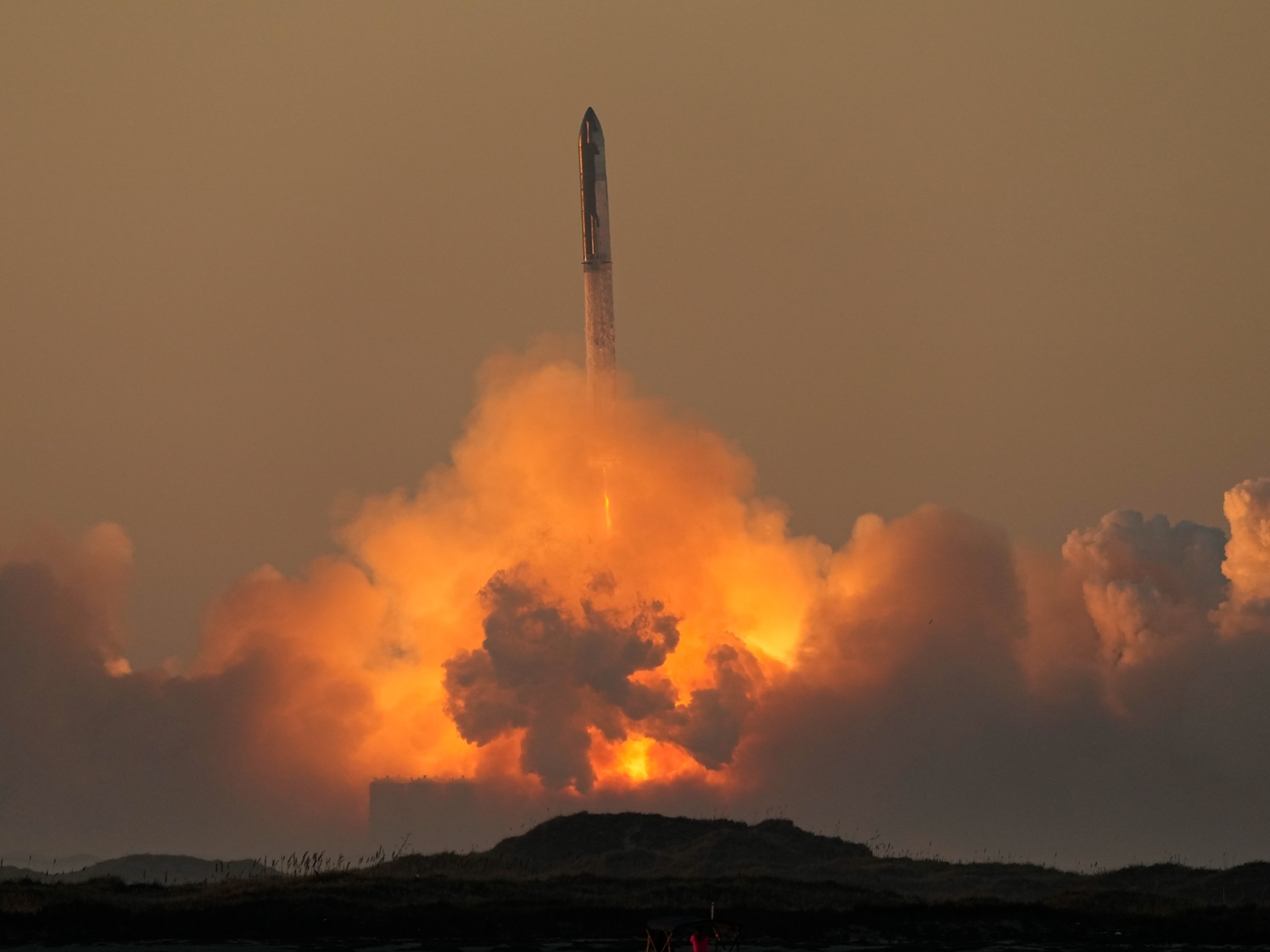
Want to be a space tourist? Here’s what to expect.
Astronaut instructor Beth Moses, now the first woman to fly on a commercial spacecraft, offers advice for trekking off-world.
Late last week, commercial spaceflight company Virgin Galactic sent three people to space and back, including Beth Moses, the company’s chief astronaut instructor. It was the first time that Moses, an aerospace engineer who has previously worked at NASA, had visited space—and the flight makes her the first woman to fly this high on a commercial spacecraft.
Now, Moses’s job is to prepare Virgin Galactic’s customers for what could be the experience of a lifetime: A journey above the atmosphere and into microgravity, where the sky is dark and Earth’s horizon is curved. Tickets are selling for US $250,000 each, and so far, 600 people from 58 countries are waiting for their turn to ride.
Everyone who signs up must pass a basic medical exam, but unlike NASA’s highly selective astronaut program, there is no “right stuff” that commercial fliers must possess—just a lot of cash, a bit of fearlessness, and a sense of adventure.
The company isn’t quite ready to begin commercial operations yet, as there are more test flights to be completed, but Moses says it feels like that day is “tantalizingly close.” She talked with us about preparing future astronauts for flight and what she hopes will change when space (however you define it) becomes more widely accessible.

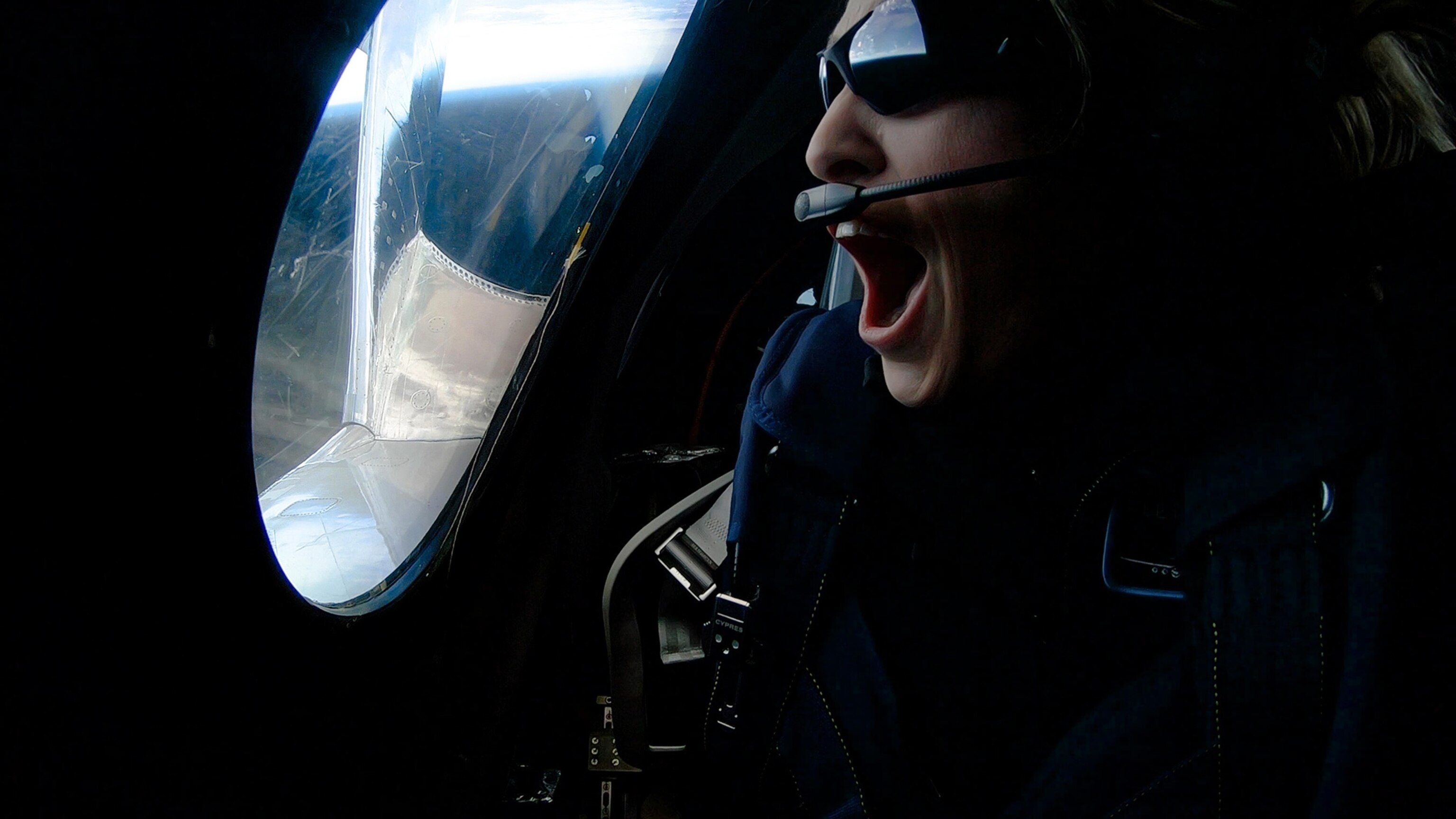
What does it mean to be Chief Astronaut Instructor for Virgin Galactic?
My role is to prepare any astronaut that flies in our customer cabin for their space flight, and to make sure that they’re ready for it and enjoy it in whatever ways they most want to enjoy it.
How do you train people for this experience?
My main aim is to make sure that folks arrive in space without any element of concern or surprise—you know what to expect, you’re prepared for it. I don’t want someone to arrive in space and spend the first bit of their time wondering what those noises were, or wondering which way is North on the Earth, or wondering if what they’re seeing outside the window is normal or if the flight is going the way it should. I just want people to arrive in space having the time of their lives and being able to savor whatever it is that they want to get out of it.
To that end, the training is a three-day program, nominally, and the first day is about you—your suit, your gear, communication, getting you ready, including some preparation for g-forces. The second day is about the cabin, your fellow fliers, where the views are, and you sort of meld into a crew of passengers. And then the third day is sort of cementing it, rehearsing it, and understanding the broader operation.
The fourth day is spaceflight.
What are some of the different experiences people are hoping to have during the flights?
That’s an excellent question, and it’s one that I’ve been asking all of our astronauts as I meet them. There are some people who astutely say, Well I don’t know, I’d like you to help prepare me for what I should get out of it and what’s not to miss.
But then there are others who have definite ideas ... there are folks who are looking forward to the rocket ride and boost, folks who cannot wait for weightlessness, there are people who have very personal, introspective ambitions. For some people, this is the ambition of a lifetime, for some people it borders on spiritual, and then there are those—a good, solid majority—who are just dying for the view.
What was the flight like for you?
It was magnificent. It was indescribable. It’s an amazing, amazing, sort of mildly intense, wonderful experience. Our customers are very, very lucky individuals. I was flying as a professional member of the flight crew, I had jobs to do the whole flight, but even in that environment, I found it incredibly magical.
Do you get to go back up again?
Of course I’d love to go again, but I’d also like to send everyone I know and every human to space. Our aim is to open space broadly, open space to change the world and in all honesty, even though I loved it, I want to make sure that as many people fly as possible.
I’ve heard from so many astronauts that if we could just send everybody up to see the planet from space, that it would change the way people interact on Earth, and the things we value, just because the view is so spectacular and seeing the planet as a planet is transformative.
It absolutely is. I look at pictures from space totally differently now, because pictures don’t do it complete justice. I definitely was aware that Earth was a precious and beautiful thing, far below me, and you’re definitely aware of the majesty of the planet.
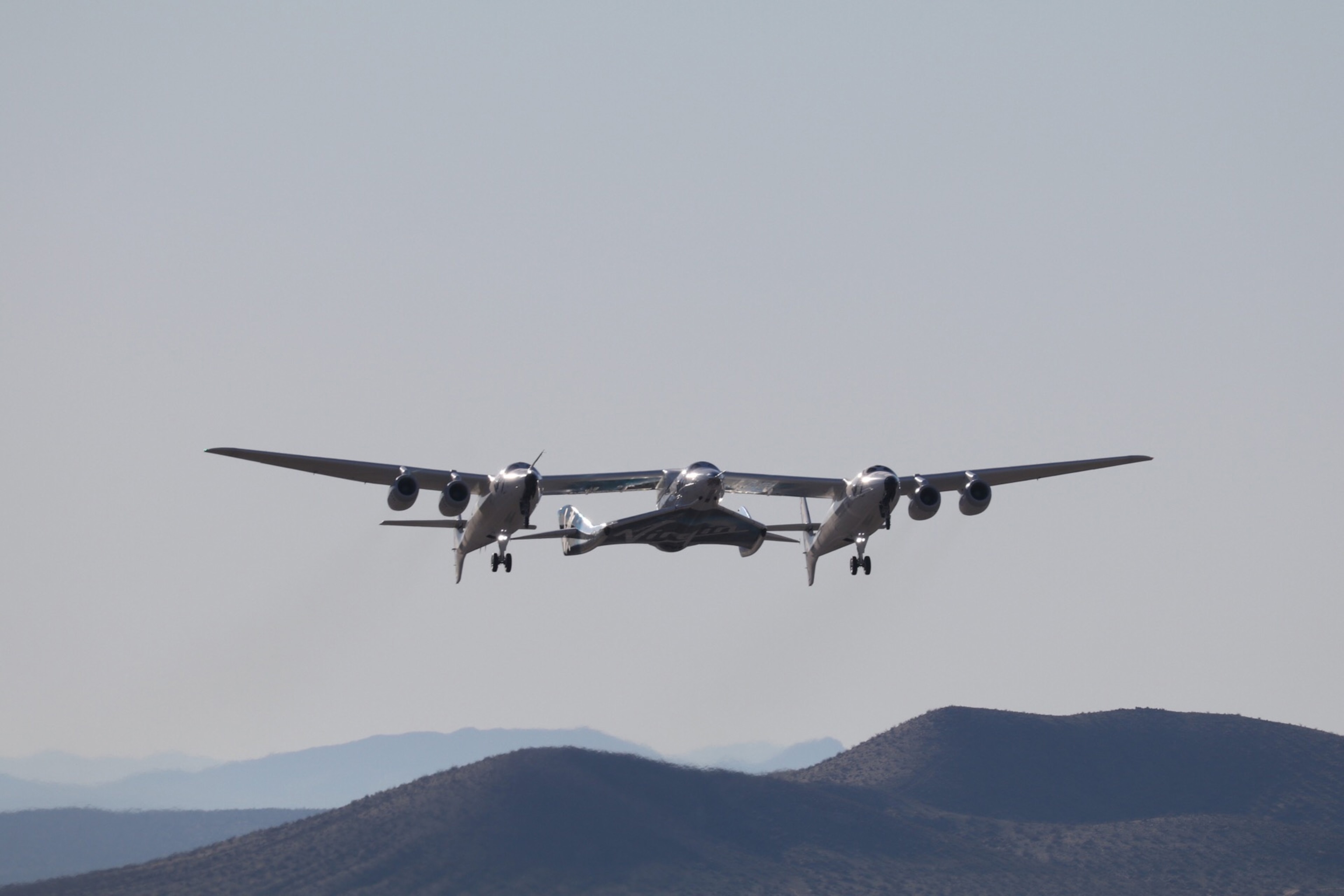
I feel really fortunate to have flown on the exact day that I flew, because the southwestern United States was perfectly clear of clouds, beautifully sparkling with snow-capped mountains, beautifully lush and green from recent weather. That’s the thing that stands out to me in terms of the view: It was so sharp from space, I can’t even describe it.
And what about the sky above you?
It’s so black. It’s so deeply black, it’s blacker than any black I’ve seen. Forget vantablack [the darkest material yet made]. It’s so deeply black that it makes the Earth so sharp and bright.
So, can future astronauts pop a bottle of champagne mid-flight?
We will have to look into how to do that. Projectiles don’t go with spacecraft, and liquids don’t go with avionics, but, never say never!



